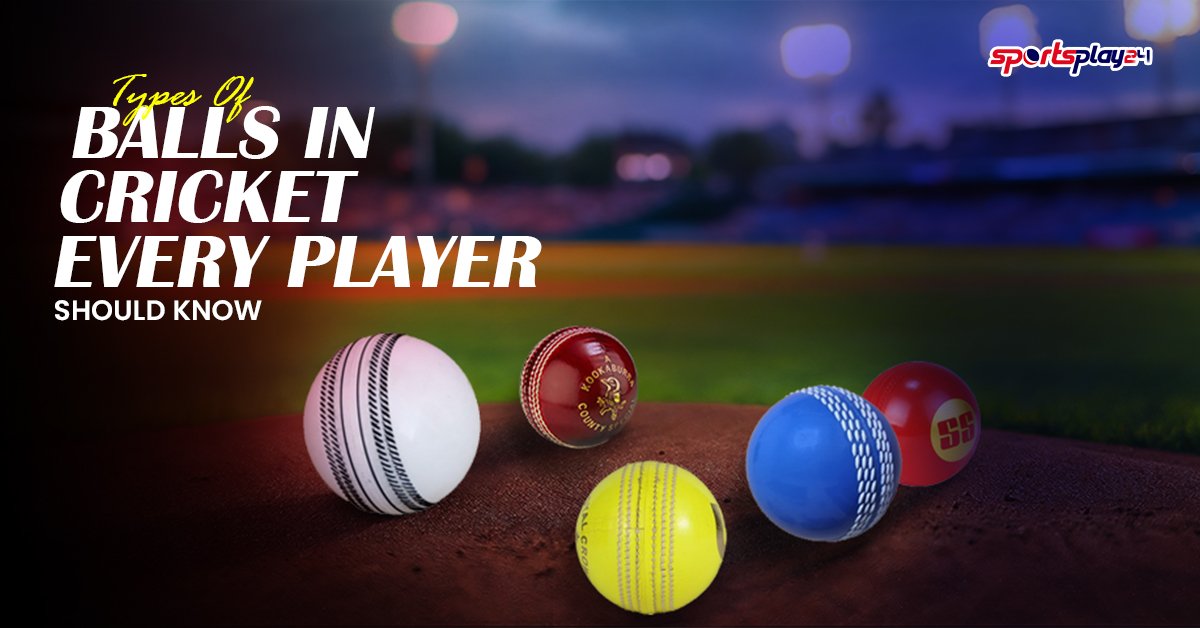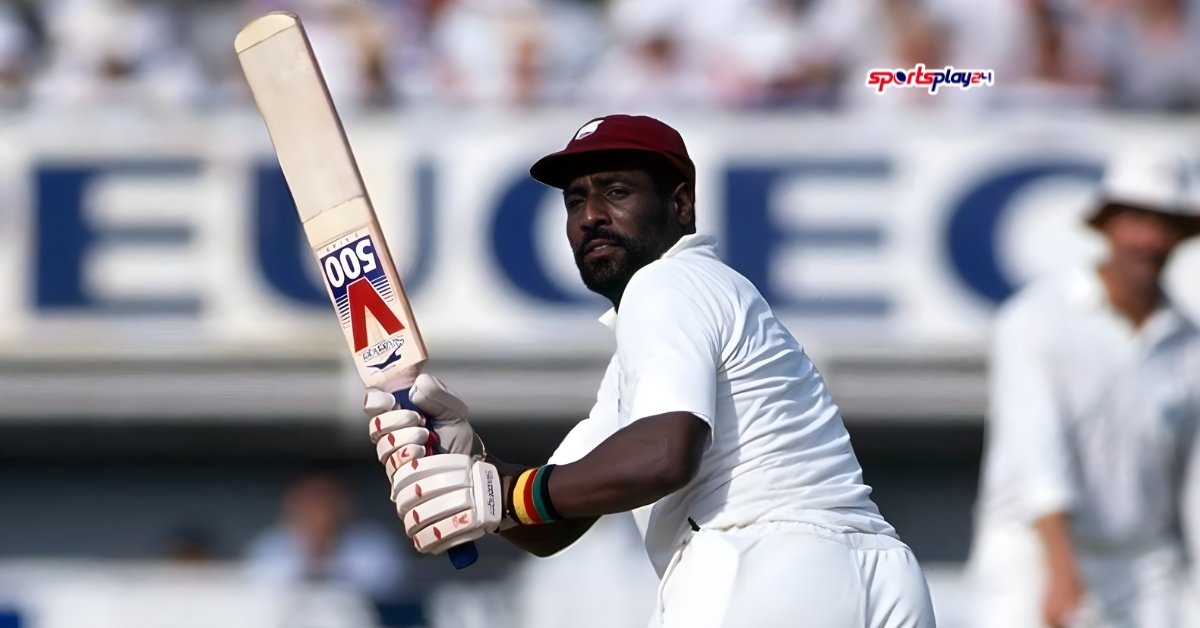Cricket isn’t just a game of bat and field; it’s a mind battle between the bowler and the batter. The beauty of the sport lies in the variety of balls and deliveries that bowlers use to outsmart their opponents. From the fiery pace of a bouncer to the deceptive spin of a googly, every ball tells a different story.
Table of Contents
ToggleTypes of Balls in Cricket
| Types of Ball | Used In |
| Red Ball | Test Matches and First-Class Cricket |
| White Ball | ODIs and T20 Matches |
| Pink Ball | Day-Night Test Matches |
| Tennis Ball | Street and Casual Cricket |
| Incrediball | Coaching and Junior Cricket |
| Training Balls | Skill Development and Practice |
| Regular Tennis Ball | Indoor and Casual Matches |
| Hard Tennis Ball | Street and Turf Matches |
| Tape Ball | Street Cricket and Local Tournaments |
| Synthetic-Coated Ball | Wet or Rough Ground Conditions |
Types of Balls in Cricket:
1. Red Ball
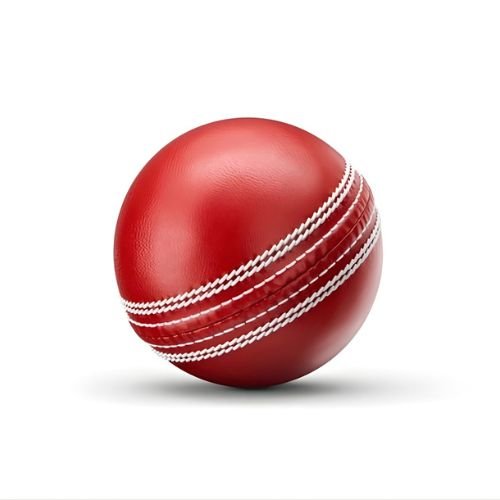
The traditional red ball is used in Test matches and first-class cricket. It offers excellent swing and seam movement, making it a favourite among fast bowlers. The red colour lasts longer and behaves differently as it ages, allowing reverse swing in later overs.
Features:
- Provides consistent bounce, helps bowlers master reverse swing.
- Used In Test matches and first-class cricket.
- High-quality alum-tanned leather with cork and rubber core.
- Hand-stitched leather, durable shine, ideal for swing and seam bowling.
- Performs best in daylight and dry weather.
2. White Ball
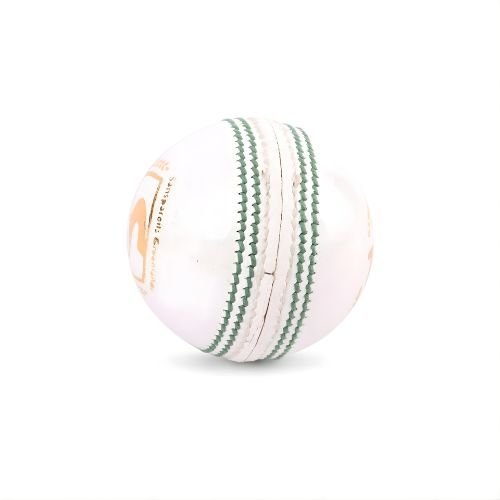
Primarily used in limited-overs formats like ODIs and T20S, the white ball provides better visibility under floodlights. However, it loses swing earlier than the red ball but helps bowlers get more control during short spells.
Features:
- Enhanced visibility under floodlights, suitable for shorter formats.
- Used In ODIs and T20 Internationals.
- Polished leather with synthetic coating for shine retention.
- Coated with protective lacquer, smooth and bright surface.
- Requires frequent replacement in long ODI games.
3. Pink Ball

Introduced for day-night Test matches, the pink ball is a blend of durability and visibility. It swings more during twilight hours and maintains shine longer due to its lacquer coating.
Features:
- Improved visibility during day-night Tests, maintains color longer.
- Used In Day-night Test matches.
- Leather with additional dye and gloss finish.
- Dyed pink leather with multiple lacquer coatings.
- Swings more during twilight hours.
4. Tennis Ball:

The tennis ball dominates gully cricket and local tournaments. Lightweight and soft, it’s perfect for casual games and beginners. It doesn’t cause injuries and can be used almost anywhere, from open grounds to narrow lanes.
Features:
- Safe for beginners and indoor use, minimal risk of injury.
- Used In Street, indoor, and casual cricket.
- Hollow rubber core covered in felt.
- Lightweight and felt-covered for easy handling.
- Ideal for kids and recreational matches.
5. Incrediball
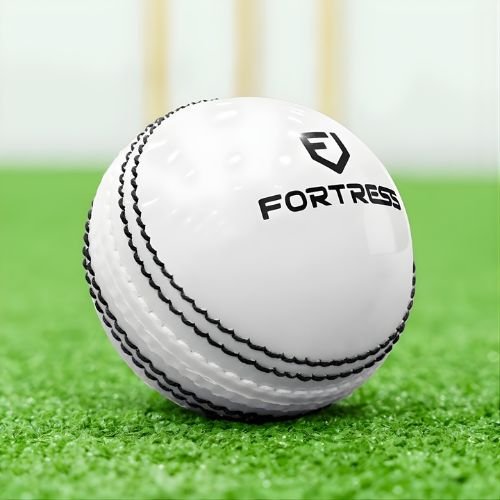
Heavier and firmer than the standard one, the hard tennis ball is used for competitive tennis ball cricket. It provides realistic bounce and movement, making it ideal for players transitioning toward leather-ball matches.
Features:
- Simulates real cricket without hard impact.
- Turf and local tournaments.
- High-density rubber and layered felt.
- Heavier, firmer outer layer for extra bounce and speed.
- Common in gully cricket leagues across India.
6. Training Balls
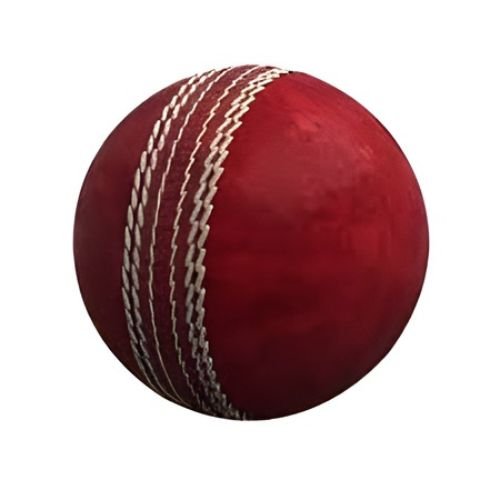
The Incrediball is a training tool that mimics the look and feel of a leather ball but with a soft core. It’s widely used in coaching academies and school training, helping young players learn bowling, batting, and fielding techniques safely.
Features:
- Reduces injury risk while maintaining real-ball behavior.
- Used In Junior-level and academy coaching.
- Flexible plastic shell with foam interior.
- Soft-core interior with realistic seam design.
- Excellent for wicketkeeping and catching drills.
7. Regular Tennis Ball

The training ball category includes several types of half-colored balls to read spin, weighted balls for strength, and seam trainers to improve wrist position. These are not for matches but are essential for perfecting bowling mechanics and batting precision.
Features:
- Improves grip, seam position, and spin control.
- Used In Practice sessions and academies.
- Leather, synthetic blends, or rubber composites.
- Available in weighted, half-colored, or seam-focused variants.
- Builds wrist strength and accuracy through repetition.
8. Hard Tennis Ball

Filled with internal air pressure, pressurised tennis balls are used in professional tennis ball leagues. They’re faster, bouncier, and consistent, offering a near-leather-ball experience while keeping gameplay lively.
Features:
- Maintains bounce consistency during intense play.
- Used In Competitive tennis-ball tournaments.
- Rubber core with compressed air and felt covering.
- Filled with internal air pressure for faster response.
- Delivers lively performance on both turf and hard grounds.
9. Tape Ball

The tape ball is one of the most creative and iconic cricket innovations especially popular in Pakistan, India, Bangladesh, and the Middle East. It’s a regular tennis ball wrapped in electrical tape, turning casual cricket into a faster, more competitive version of the sport.
Features:
- Made by wrapping a tennis ball tightly with black or electrical tape
- Used in Street cricket, local tournaments, and practice sessions
- Standard tennis balls made from insulating or electrical tape
- The tape smoothens the surface, reducing air resistance
- Works perfectly on cement, turf, or asphalt surfaces
10. Synthetic-Coated Ball

This specialised training ball helps bowlers align their wrist and seam position perfectly. The half-seam design teaches consistency and control, helping fast bowlers master swing and spin bowlers perfect their release angle.
Features:
- Teaches bowlers control, release, and seam stability.
- Used In Bowling drills and technical training.
- Leather or synthetic mix with raised seam design.
- Half-seam construction for wrist and seam alignment practice.
- Essential for young fast bowlers learning swing mechanics.
Conclusion
Cricket is not just about batting power or fielding brilliance; it’s also about understanding the tools that shape the game. Each type of cricket ball, whether it’s the classic red used in Tests, the white for fast-paced ODIs, or even the tennis and training balls for local and coaching play, serves a unique purpose.

SportsPlay24 is powered by a passionate team of sports lovers who live and breathe the game. From Cricket to the NFL, our experts speak with one unified voice — driven by research, sharp insights, and an unshakeable love for sports. We go beyond headlines to bring you verified facts, intelligent analysis, and bold opinions that keep every fan ahead.

